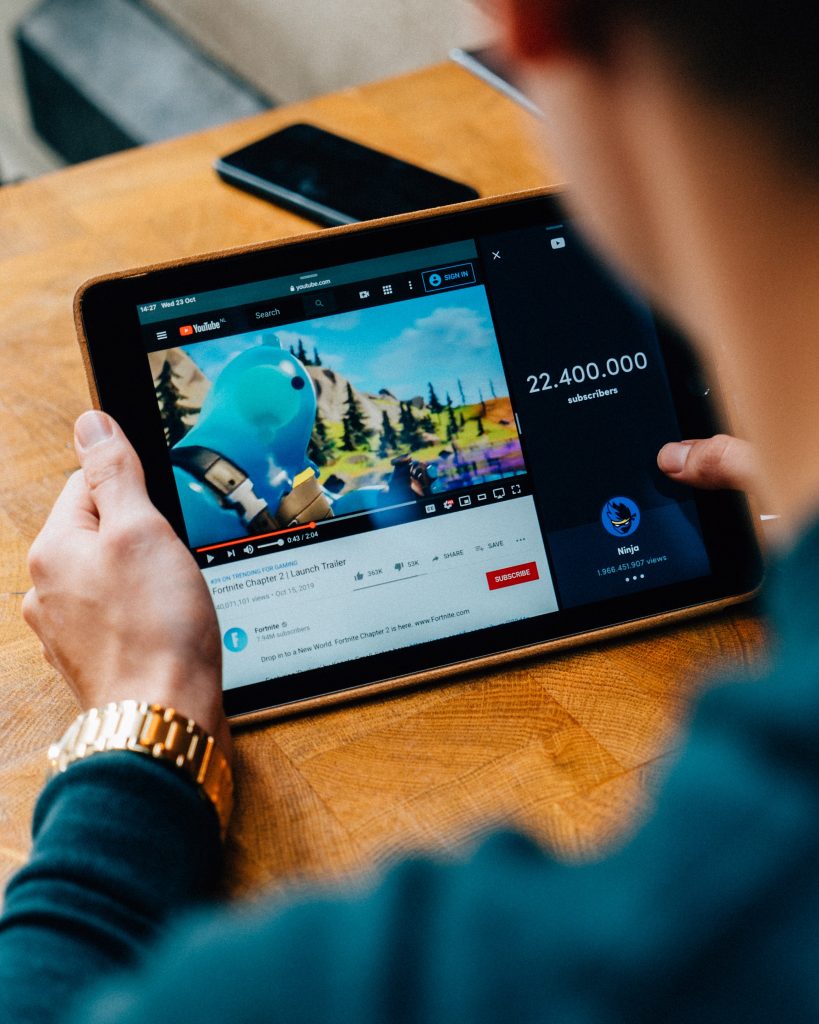Your business has a Twitter account, a LinkedIn company page, Facebook page, and a YouTube channel. You have a social scheduling in place and publishing tool like Hootsuite or through HubSpot. You’re creating a calendar, filling it with high quality B2B technology content like whitepapers and case studies. Your brand’s customer journey is optimised for conversion and you’re ready for the leads to roll in.
But you’re still not getting the results from social media that you’d like to see.
Recently, audience intelligence software company SparkToro posted a Twitter thread on the challenges of leveraging social platforms for driving traffic to brand environments. Instead of expecting customers to spend time in a brand’s environment (their website), marketers leverage social media to connect with customers where they’re already active online. As such, organic social media posts are seen as a great way to amplify marketing campaigns, especially those with limited budgets. Marketers use social media to promote websites, landing pages, blogs and content assets without too much investment.

But just as B2B marketers need to be showing results, so do the social media platforms themselves – they are businesses, after all. While their overall reach is unparalleled in comparison to many all traditional publishers, the market is always expecting these platforms to continually improve their performance, They need to show engagement, advertising effectiveness, and skyrocketing profitability. This means keeping audiences engaged and on their platforms for longer. Platform algorithms change to increase on-platform time and what once seemed like a great free resource to drive traffic to your brand is now actively working to prevent users from linking away. Yes, paid social media is still available to you to promote your B2B technology campaigns and increase reach, but how do you continue to effectively use organic for amplification, engagement, and lead generation?
To win the game: stay on the playing field
What does this look like? Number one rule of thumb is to use visuals to attract attention and get your message across within the platform. Even in B2B marketing, we’re seeing that visual elements outperform on social platforms – and not just because ‘humans are visual learners’. It’s also a deliberate strategy by the platforms themselves to encourage users (including brands) to post more visual content and the algorithms reflect that. When you’re operating in someone else’s domain, best to play the way they want you to play.
The power of images and videos is equal across all platforms as well with this content (obviously) being consumed on YouTube and Instagram, but viewing photos and videos are also the top-performed actions on Twitter and Facebook. Even when it comes to our beloved B2B platform, LinkedIn, only Facebook and YouTube are more popular platforms for video marketers. So, it’s no surprise visuals get noticed. Static or animated visuals are 40 times more likely to be shared than text-only content.

Use visuals to get your message across without linking out
SparkToro claims that the social platform inhibits your reach when you’re linking out. To counteract this, think about how you can engage users and communicate your message without them having to click away. In their post, it’s a Twitter thread that communicates all of the points while creating engagement within the platform. Data visualisation, slide shows, videos, gifs and animatics that get your main message across without having to leave the social platform environment.
But I can’t stay social forever – I need to drive leads
Of course, social needs to drive leads. It’s not enough to just show up, especially in regard to the amount of time it takes to effectively create engagement in these platforms. Consider looking at more of an 80/20 split in driving in-platform engagement versus linking out to external content. Think about how you use social personally. Are you scrolling because you have FOMO? Do you need to make sure you have seen and liked all the relevant posts? You’re probably doing it during your downtime, between meetings or before bed. In which case, it’s going to take something very compelling to draw you away from your task. If we focus our links out on what is most valuable to the user and the business, while demonstrating thought leadership within the platform we’ll likely see better results. Creating interactions can also be done using the native platform elements. In LinkedIn, for example, this looks like embedded content within posts and LinkedIn articles as well as CTAs to connect, follow and message.

In summary, yes, the social platforms appear to be penalising brands trying to link out, but they are doing this for their own benefit, and we simply have to play by their rules. But it’s also to the benefit of our brand to increase reach, and, most importantly, respect the way customers want to engage with your offering along their journey. Those who are truly invested will link away to your native properties, but we can also drive consideration and engagement with the majority of the audience while staying within the platform.
At Splendid Group, we work with B2B technology marketers to increase the effectiveness of their social media through strategy and content creation. Talk to us today to find out how you can drive awareness, engagement, and leads through your technology brand’s social media.